Presenting children and parents with beautiful books that foster the joy of reading and engagement with the natural world, Mama Makes Books is our kind of indie publisher.
Since the launch of their first books in February 2021, we’ve been big fans of their passion, and unique approach to creating everything from bright, bold books that entertain new-borns and babies to give them the best head-start in life, to elegant, inspirational illustrated non-fiction that’s set to spark an interest in wildlife, science and all manner of natural goodness.
If that wasn’t enough, under the wise and enthusiastic stewardship of founder and publisher Penny Worms, Mama Makes Books has already won multiple awards. Read on to find out more, and to discover some wonderful ways to share books with the youngest of children.
Describe Mama Makes Books in three words.
Made with love.
What led you to found Mama Makes Books? What’s your editorial ethos?
I was inspired to set up Mama Makes Books in 2019 after my mum died. She left me some inheritance and I decided to do something brave, exciting and entrepreneurial with it in her memory. I have been in children’s publishing for over 30 years as an editor, writer and book packager, so why not start a business in your 50s?!
Deciding what kind of publisher I wanted to be was easy. I focused on my strengths and passions. I care about children, their development and education, our environment and the natural world. Therein lies our editorial ethos.
I have worked across most children’s books genres, but what I love most is working with illustrators to bring a story or a subject to life for a child. I know that the early years matter and it’s important to me that our books add value.
And now for some backstory! What was your personal route into publishing? Was working with books a long-held career ambition?
It’s an unconventional publishing backstory. I had no idea what I wanted to do when I left school but the careers advisor said I should go into banking, accountancy or insurance (they said that to everyone who was good at maths), so the latter is where I started out, up in the City of London at the age of 18. It was the 1980s, so while my friends were at university, I was a 1980s working girl in Thatcher’s Britain.
Happy but unfulfilled by the work, I went off to see the world and didn’t stop for six years. I learned secretarial skills at school (and washing-up! It was a Girl’s Grammar School), and, bizarrely, that’s what proved to be the most valuable thing for landing a dream job in the editorial department of Orchard Books. It was pre-desktop computers, so I typed letters to authors and agents, drafted contracts, did book costings, analysed sales reports and did budget reports. This administrative role was an apprenticeship in publishing. The editorial skills came later (I wasn’t a natural), as did my liking of olives, which seemed to be a necessity for publishing people.
I didn’t know then how lucky I was to find myself in the children’s publishing world, which is so fantastically creative and friendly. I have never looked back.
We’re big fans of your stylishly bold, interactive books for babies. Could you share the thinking behind your Baby Sensory series, and your Tummy Time series? What are the essential ingredients of creating books for babies?
Tummy Time! was the first book we created – a book for newborns from a new publisher seemed fitting. I knew we had to create books that both fulfilled a need and were different enough to stand out in the crowded market. I did my research about babies’ eyesight and development and gathered a gorgeous research group of mums and babies who informed both content and design choices. For example, Tummy Time! was going to be fully illustrated with high-contrast images, bold patterns and saturated colour, but the older babies responded with delight and giggles to baby photographs, so now one side is photographic, which gives the book a longer life (if it doesn’t get eaten!).
Our Baby Sensory books are for the next developmental stage, when children love books that ‘do’ things. The books encourage babies to explore the pages, with embossing, textures, mirrors, tabs and moving parts. They also encourage word acquisition by being full of the first words a child learns. They are designed to keep a baby’s attention by being bright, bold and uncomplicated, and they are sturdy enough to withstand a baby’s enthusiastic handling.
You’ve previously said, “I aspire to the Disney model of entertainment – producing things that kids will love and that parents enjoy sharing with them.” What tips do you have for adults when it comes to sharing books with babies?
Top tip: fully engage with your child at reading time. They learn so much from those five minutes of sharing a book. The experience also makes them feel safe and loved. And you can learn more about them – what interests them, what makes them laugh, what they understand or how they feel. It’s a special time, so even if they want a book that bores you, or the same book over and over again for a week, they are listening and learning, and you are giving your baby the best head-start in life.
We also love your innovative approach to creating non-fiction for young children. For example, That’s Mathematics is a ground-breaking way to inspire kids to see numbers and maths in a totally fresh way. How did this book come to be?
It all started with a song! A brilliant song about the maths we use every day when we count, bake, do sport, post a letter, go shopping, move to music... I knew of singer-songwriter, Tom Lehrer, and I read something about him that made me investigate further. I didn’t know he was a genius mathematician, but I came across a YouTube video of the song being sung by some of the UK’s finest mathematicians and educators. I got in touch with one of the video’s creators, Chris Smith, who is a maths teacher, musician and self-professed maths geek to write some challenges. We worked on the book together with illustrator Elina Braslina to make the book look vibrant and fun.
Your Start Small, Think Big non-fiction series has also caught our eye! Could you give us an elevator pitch for the books in this range?
Unfold a world of discovery with this series of books about life cycles, habitats and the wonders of our natural world, starting with something small and familiar and moving on to areas of knowledge where you really have to think BIG! There’s a giant fold-out map at the end that includes an illustrated life cycle and an I-Spy to take children back into the book to find and identify some of the animals.
Since founding Mama Makes Books, what have been your biggest challenges, and greatest joys?
Challenges:
• Covid
• Lockdowns
• Cancellation of international bookfairs
• The shipping crisis
• Rising costs
• The falling pound
Joys:
• Tummy Time! being selected for BookTrust’s Bookstart programme, gifting a copy to almost every newborn in England, Wales and Northern Ireland.
• The Most Important Animal of All becoming one of Books for Topic’s best books of 2021 and being selected by Sky for the Summer Reading Challenge library giveaway.
• Working with a cluster of eight Yorkshire primary schools on a project based on The Most Important Animal of All. It culminated in a Great Science Share for Schools Debate with each school championing one of the keystone species in the book. Each school presented their case about why their animal was the most important. It was the best day involving around 300 children from 4 to 11, all bringing their debating skills and creativity. It was post-Covid so their excitement at being together and talking to one another was infectious. I loved every minute of it!
Could you share how you implement the “ways we care” ethos that underpins Mama Makes Books as a company?
We are committed to caring meaningfully for the welfare of our children and our planet. We test our books to the highest safety standards, use FSC certified paper and board, and do not use plastic or foil in our books. We keep our carbon footprint as low as possible and strive to drive change. We do a carbon audit every year and last year we donated to the Woodland Trust as a way of offsetting our carbon emissions by supporting our ancient forests and woodlands.
In 2021, we also committed to donating a percentage of profits to charity every year. This year our chosen charity is the National Literacy Trust and specifically its Primary School Library campaign. Primary school libraries are chronically underfunded and 1 in 7 primary schools don’t have one at all.
We are also signatories to the UN’s SDG Publisher’s Compact, https://www.un.org/sustainabledevelopment/sdg-publishers-compact/ There are 17 Sustainable Development Goals, and our focus is on five of them:
1. Responsible consumption and production
2. Good health and well-being
3. Quality education
4. Life below water
5. Life on land.
The way we can make a difference is to be a responsible company and publish quality books that inform and inspire the next generation to care for themselves, life on land and life below water.
Finally, tell us a secret about books…
While prices for everything else have risen, books in the UK are actually cheaper in real terms.
The average price paid for a book in 2022 was £8.66. Twenty years ago it was £7.73. According to the Bank of England’s Inflation Calculator, the average price paid today should be £13.14. So, books and in particular children’s books are an absolute bargain!
Stay up to date with Mama Makes Books:
Website
Twitter
Facebook
Instagram
And, to discover more from the people who bring you all those books you love, read the rest of our Industry Insights series.


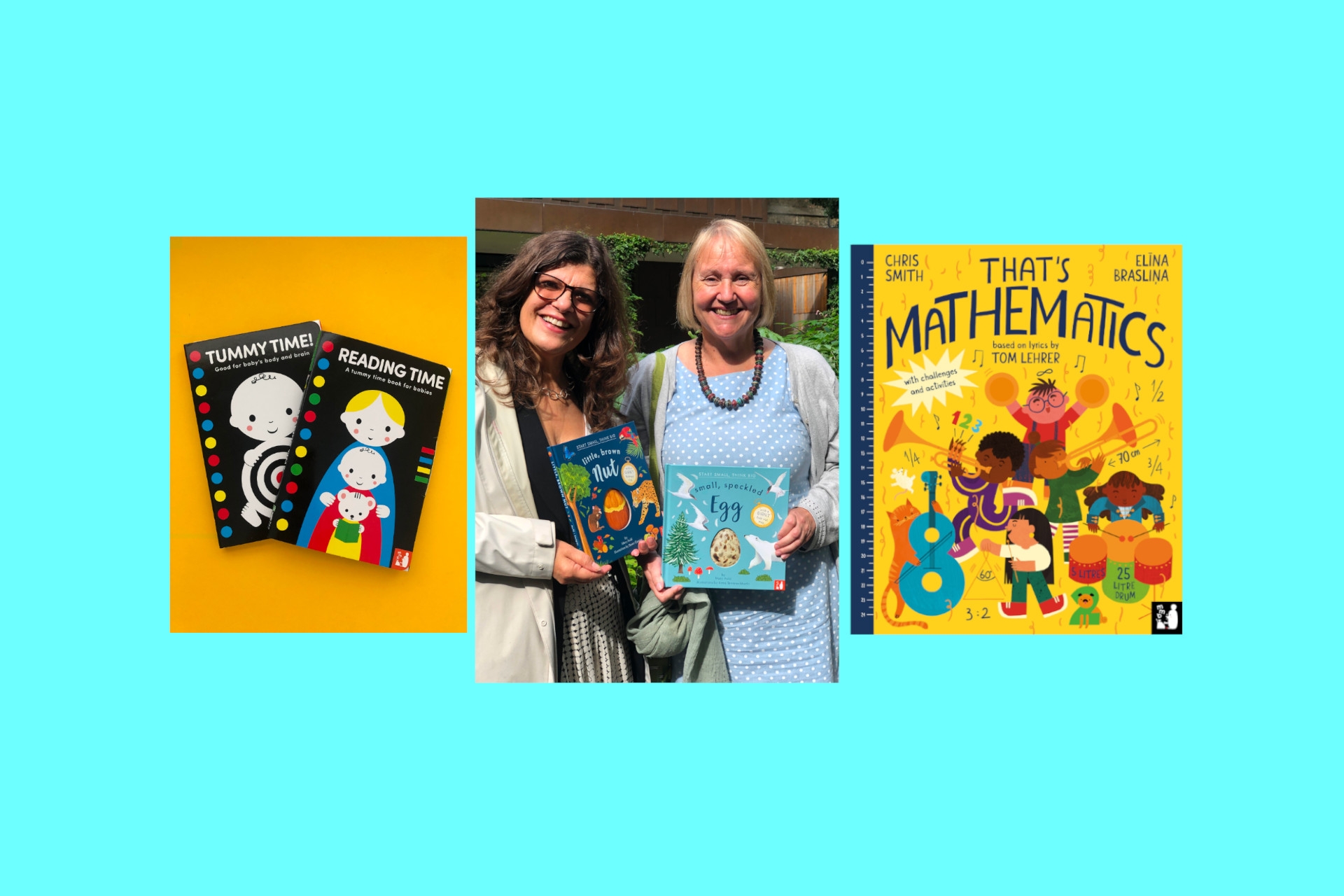
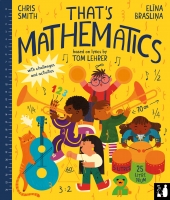
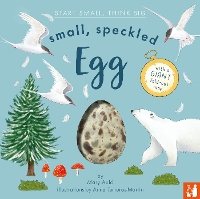
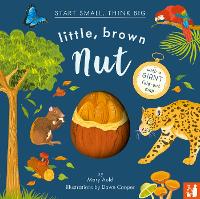

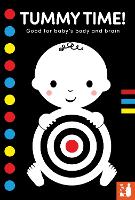
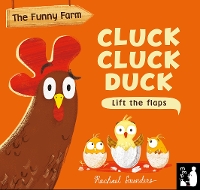
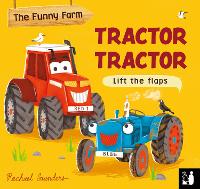
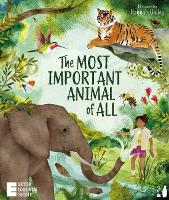
Comments (0)
Leave A Reply
You must be logged in to post a comment.